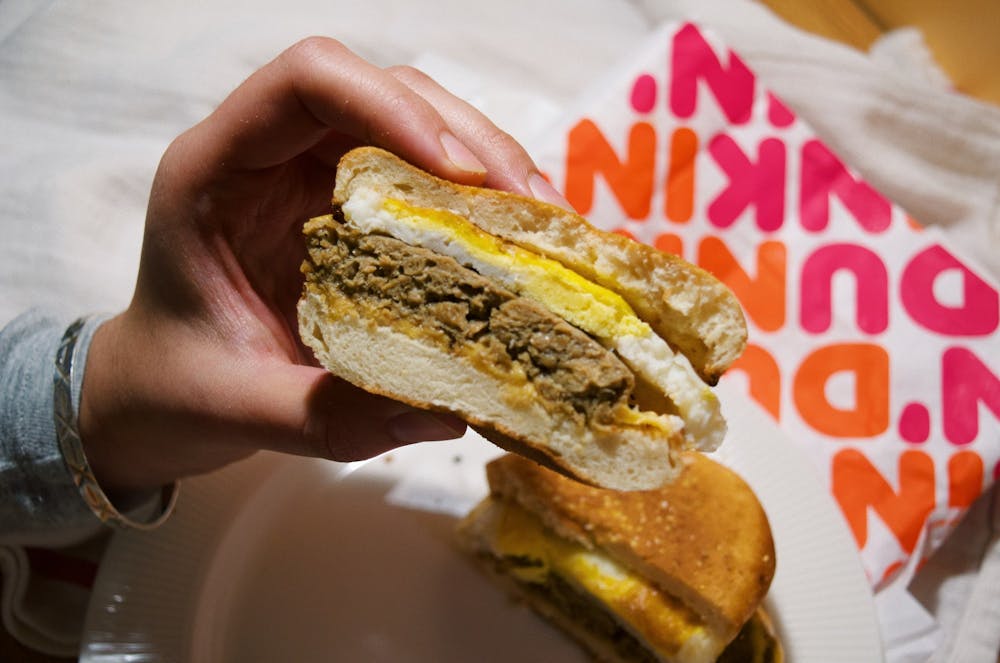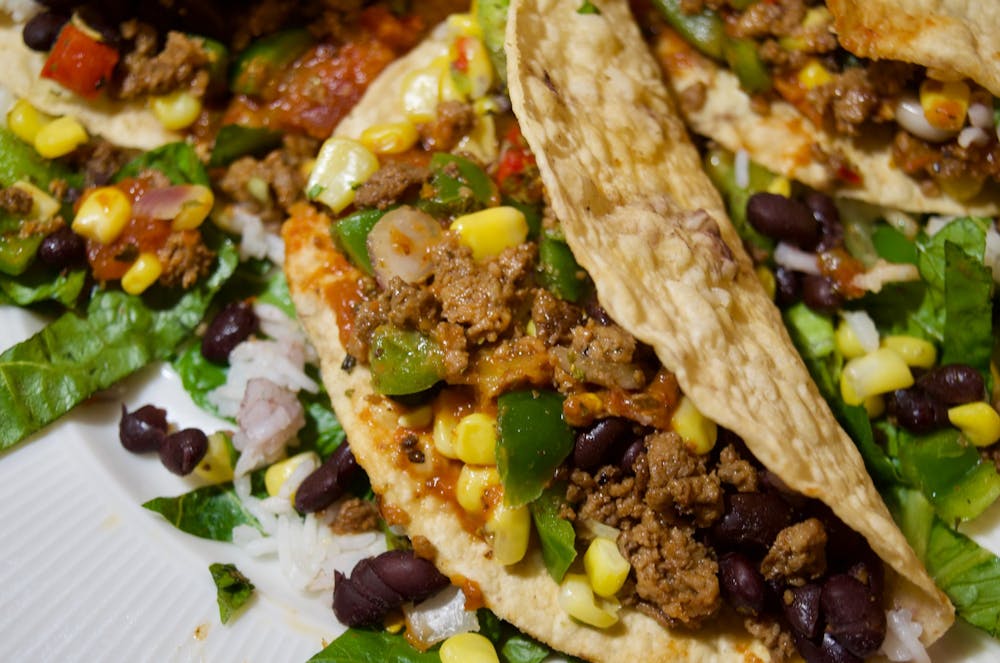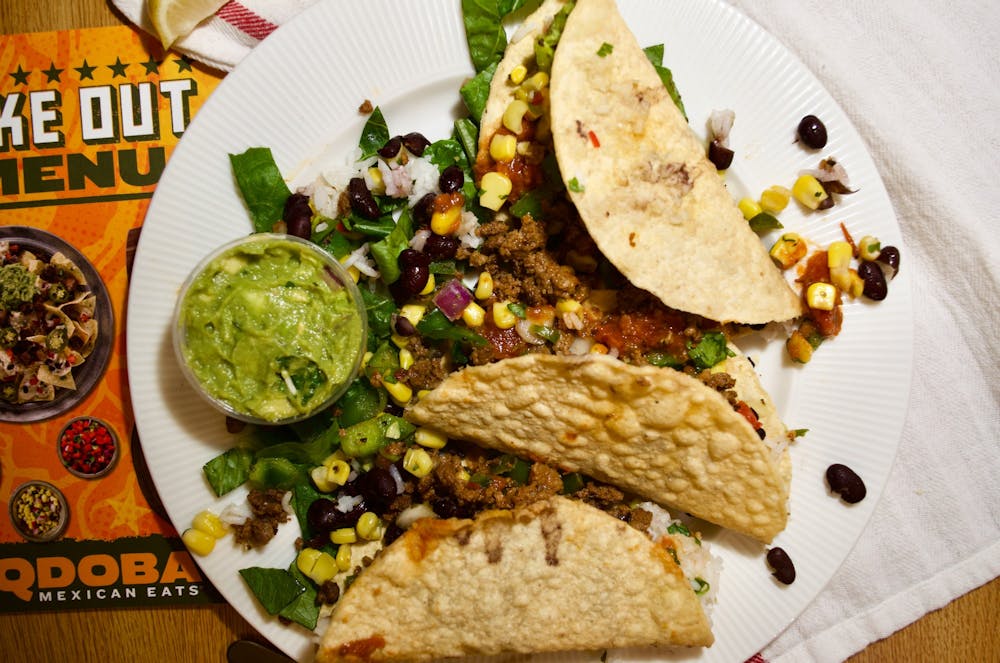To beef or not to beef, that is the question.
Well, not the only question. The recent hype surrounding plant-based meat substitutes left me with many unresolved thoughts. What’s the difference between the Impossible Burger and the Beyond Burger? How can a fake burger “bleed?” Do these burgers have as great of an environmental impact as their marketing materials claim? Not to worry—I’ve got the beef on these beefless burgers.
The founders of the Impossible Burger and the Beyond Burger—who happen to have the same last name—both set out to complete similar missions: produce a plant-based burger that looks and tastes realistic enough to become a sustainable alternative to animal agriculture. Ultimately, they did so in slightly different manners. The Impossible Burger is primarily made from soy protein concentrate, whereas the Beyond Burger derives its protein from pea protein isolate.
Another distinguishing factor between these two burgers is the way in which they "bleed." Impossible Burgers use soy leghemoglobin, also known as “heme." Impossible Foods' researchers discovered that heme is the ingredient that gives blood its red color and animal meat it's iron-rich flavor, so they produced heme in the lab by extracting it from soybean plants and inserting it into genetically engineered yeast. Beyond Burgers, on the other hand, get their red color through beet extract.
The companies also differ in their business models. Beyond Burgers are direct-to-consumer, so you can likely find them at a local grocery store. In contrast, Impossible sells directly to restaurants, including Burger King, Red Robin, The Cheesecake Factory, Bareburger, Qdoba, White Castle, and soon Little Caesars, which will sell an Impossible Sausage Pizza.

Both companies are trying to expand their business models, with Impossible Burger making its products available in certain grocery stores and Beyond Burger partnering with restaurants like Dunkin’ Donuts and TGI Fridays. Comparing their price points is difficult, as Impossible Burgers are sold at varied prices in different restaurants, but for reference, an Impossible Whopper at Burger King is $5.59, and a package of two Beyond patties sells for $5.99 at most grocery stores.
It’s also difficult to ascertain which is more nutritious. Impossible Burgers are attractive because they contain mostly organic ingredients, but they also rely on genetic engineering to create heme and soy protein. Both burgers have fewer than 300 calories, around 20 grams of protein, around 400 milligrams of sodium, and 0 milligrams of cholesterol per serving, but Beyond Burgers have about 4 grams more fat per serving. Additionally, Impossible makes an effort to match all of the minerals that meat provides, like zinc and vitamin B12, but Beyond falls short in providing these nutrients.
Both patties have as much protein, more fiber, more iron, and less cholesterol than real beef. However, they disturb “real food” advocates, such as nutritionists and even the CEO of Whole Foods, because they replace a "whole food" with a heavily processed alternative.

Now that we’ve got the skinny—and the fat—on these meatless burgers, let’s get into the weeds on their environmental footprint. By now, we all know that meat—particularly beef—takes a toll on the environment. Recent reports suggest that livestock are responsible for 14.5% of global greenhouse gas emissions, and cows alone produce 65% of total livestock emissions. Researchers have even argued that consuming a pound of beef is worse for the environment than burning a gallon of gasoline in a car.
So, yes, abandoning burgers is a good move for the environment, and plant-based burgers make this abandonment easier—in a way that can generate 90% less greenhouse gas emissions, require 46% less energy, and use far less water, land, and energy than beef burgers.
Currently, the worldwide consumption of meat is still increasing. But with Beyond having one of the most successful IPOs in recent history and both companies rapidly expanding to new customer bases around the world, beefless burgers seem to be heading in a promising direction towards enacting change.

